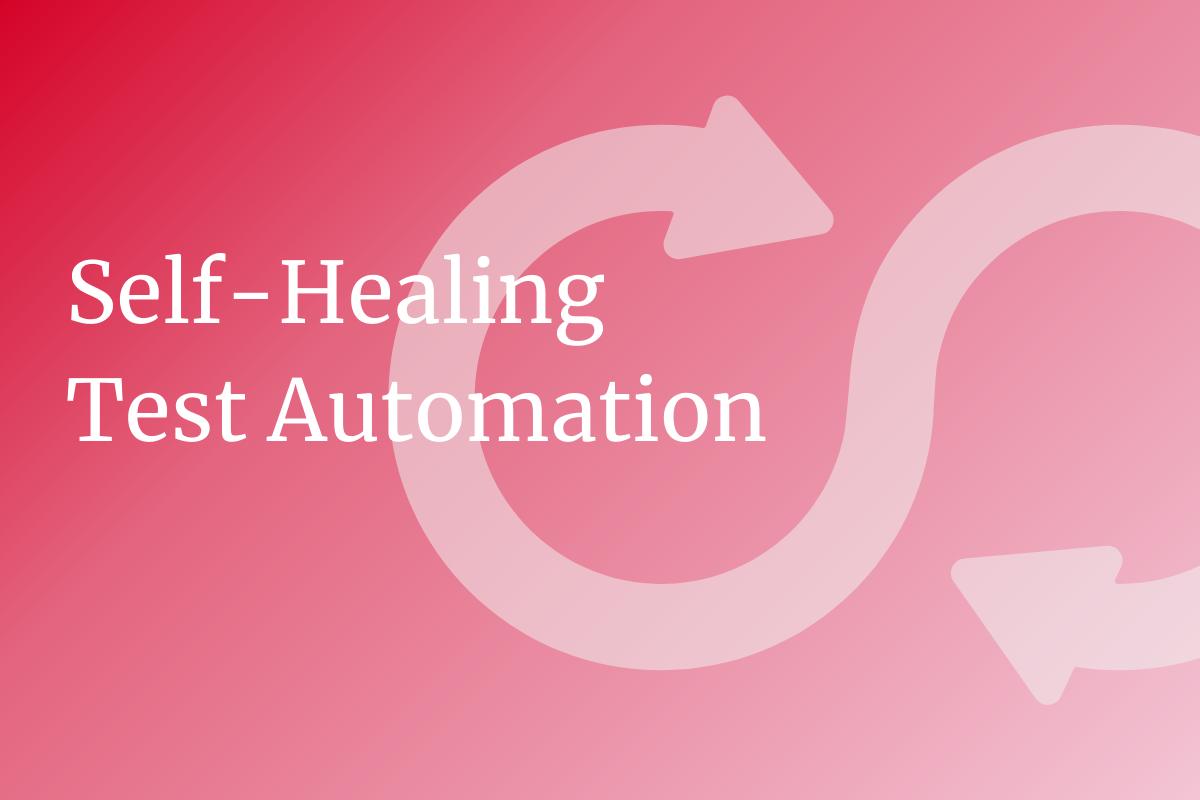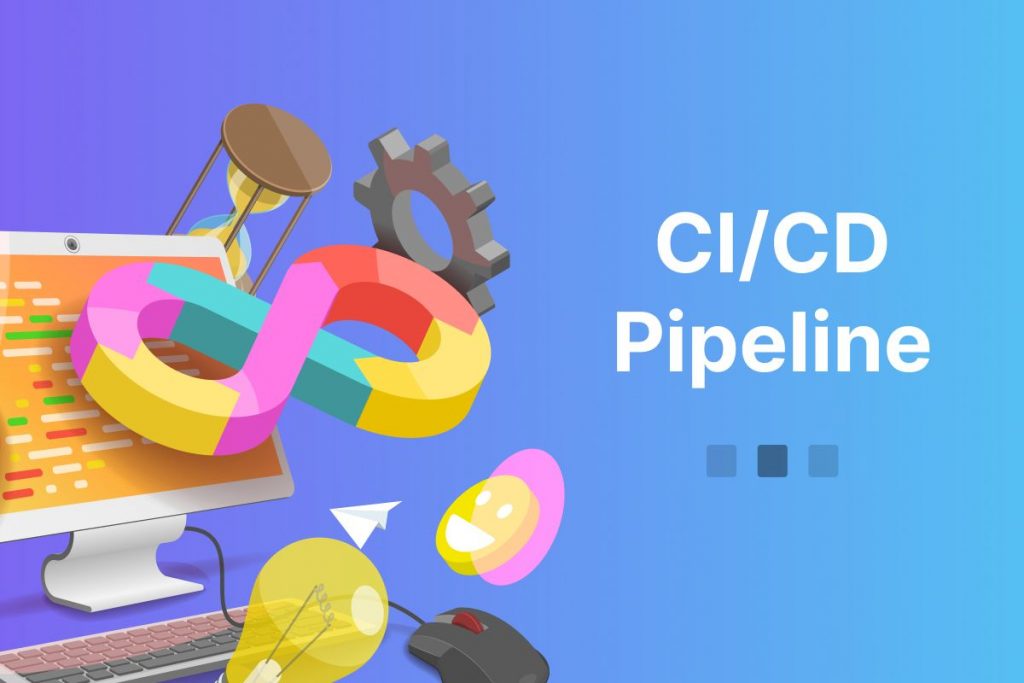Ever since the auto update feature was in place, we no longer keep track of how frequently the operating systems of our mobiles, laptops, tablets, TVs, smart watches, and other smart digital gadgets are updated annually. Although major updates do not happen that often, they occur at the very least once a year, and security patches are as frequent as twice a month.
Regardless of what updates it might be, the traditional testing approach has not been able to keep up with the frequent release schedule. Businesses must fill the void by self-healing continuous testing automation, enhancing software quality and development speed.
The Challenges of Traditional Continuous Testing
Flaky Tests: refer to those yield inconsistent results, sometimes passing or failing for the same code. These tests trigger developers’ frustration, as they often have to take the extra time to determine whether the failure is legit or an issue that lies within the test itself.
Maintenance Overhead: As software undergoes changes and modifications, tests often need to be updated to align with alterations in the codebase. This process can be time-consuming and tedious, especially for large, intricate projects.
Self-Healing Automation Testing at an advantage
Continuous testing, a repetitive software testing methodology, seamlessly incorporates testing activities throughout the entire development lifecycle. Unlike the traditional approach, where testing starts at the end of the development phase, continuous testing is performed consistently alongside coding, integration, and deployment. Applying self-healing in testing brings its unique benefits, including:
- Reducing the Maintenance Workload as a result of automatic test adjustment due to minor codebase changes.
- Enhance test Reliability by minimizing false failures and increasing test consistency. Even when an XPath or CSS element selector is slightly changed, self-healing automation testing can detect alternative element locators.
- Ultimately, speed up the release cycle pace.
- Test coverage expansion: Once it recognizes new functionality has been added, additional testing shall be suggested without manual intervention.
What are the factors for continuous testing with self-healing success?
In the past decade, countless organizations have transitioned to the DevOps delivery model, striving to guarantee product quality for every code check-in through continuous integration, continuous deployment, and continuous testing. The secret to a successful continuous testing deployment relies on the stability of automated end-to-end tests to avoid random failures, achieving a higher degree of automation coverage, and incorporating tests for each code change in the application.
Self-Healing Automation: Having the Right Tool for the Job
Here are some key features to assess when selecting a test automation tool, particularly one with self-healing capabilities:
CI/CD Integration: Evaluate tools that seamlessly integrate with popular CI/CD platforms such as Jenkins, Azure DevOps, GitHub Actions, and Gitlab.
Test Case Management Integration: Consider tools that can easily integrate with test case management systems like Zephyr, Xray, TestRail, and SpiraTest.
Workflow/Collaboration Integration: Look for tools that support integration with workflow and collaboration tools like Jira, Slack, PagerDuty, SpiraTeam, and SpiraPlan.
Cloud Platform Support: Ensure the selected tool provides support for cloud platforms.
UI and API Level Integration Testing: Verify if the tool supports both UI and API level integration testing.
Cross-Browser Testing: Assess whether the tool facilitates cross-browser testing for comprehensive application coverage.
Mobile OS Testing: Check if the tool supports testing on various mobile operating systems, including Android, iOS, and Blackberry.
Parallel Test Execution: Look for tools that enable parallel test execution to optimize testing time.
When evaluating tools for your self-healing automation testing, consider factors like your current technology stack, existing testing tools, financial budget, open-source versus commercial tools, the need for codeless automation, team automation skill set, organization tool policies, and framework flexibility.
Conduct team brainstorming sessions and proof of concepts during innovation sprints to shortlist and recommend tools based on project requirements. Here are some starting points for your tool evaluation:
Analyze Current Tools and Technology Stack: Understand your application’s technology stack and evaluate compatible tools, considering both open-source options like TestProject and commercial tools like Mabl, Functionize, and Tosca.
Evaluate Framework Extensibility: Assess whether the existing automation framework can be extended to leverage self-healing tools or libraries. For instance, explore libraries like Healenium to enhance a Java Selenium-based framework.
Adhere to Organization Policies and Budget: When choosing between commercial and open-source tools, consider organizational policies and project budget constraints. Tools like TestProject, Katalon, and Healenium can be suitable based on policy allowances.
Match Automation Skill sets with Tool Needs: Identify tools aligned with the team’s automation skillset. Cordless tools such as TestProject, Functionize, Tosca, Mabl, and Rapise could suit teams with domain expertise but limited automation skills.
Is Self-Healing Continuous Testing Meant for You?
Self-healing testing is a valuable asset for any organization aiming to enhance the effectiveness and quality of its software development process. This tool is especially valuable for organizations with complex code repositories.
Conclusion
Integrating self-healing capabilities in automated tests has become an agile team practice. Embracing the self-healing technique in testing helps the software development and testing team reduce test failures and inconsistent test results, drastically reducing testing time. Thanks to AI Machine Learning tech recently applied to a self-healing automated framework, its positive impact has motivated businesses to confidently incorporate it into the SDLC, striving to achieve greater efficiency, reliability, and agility in software delivery.
ContactContact
Stay in touch with Us




